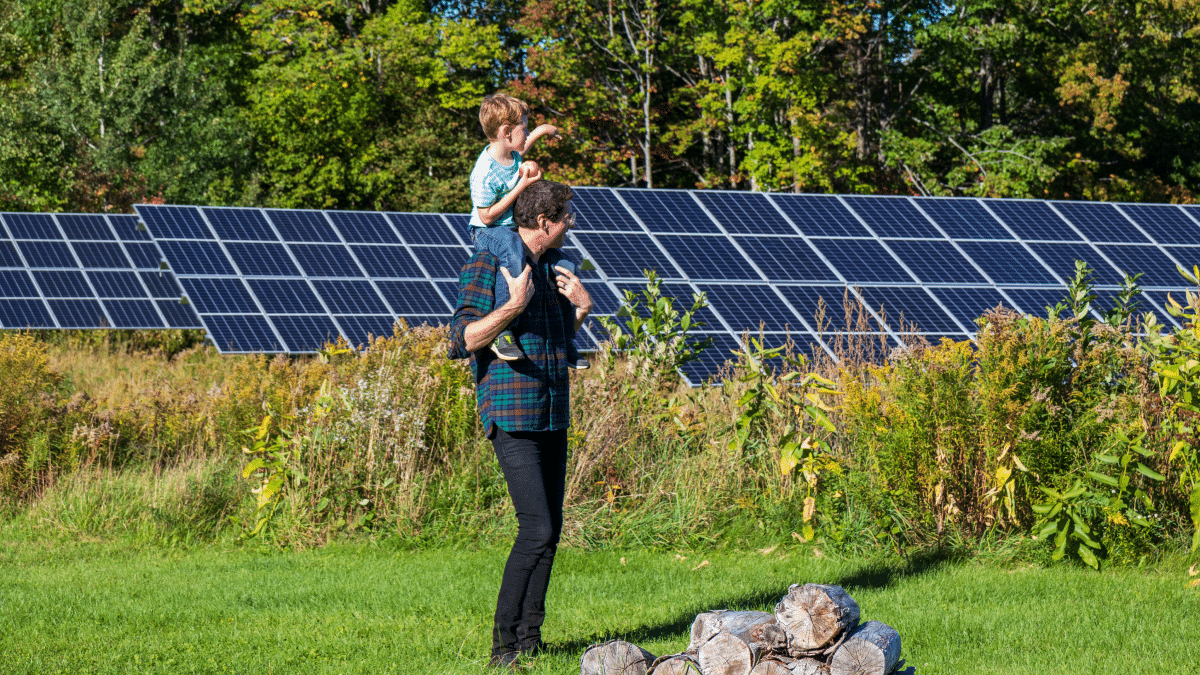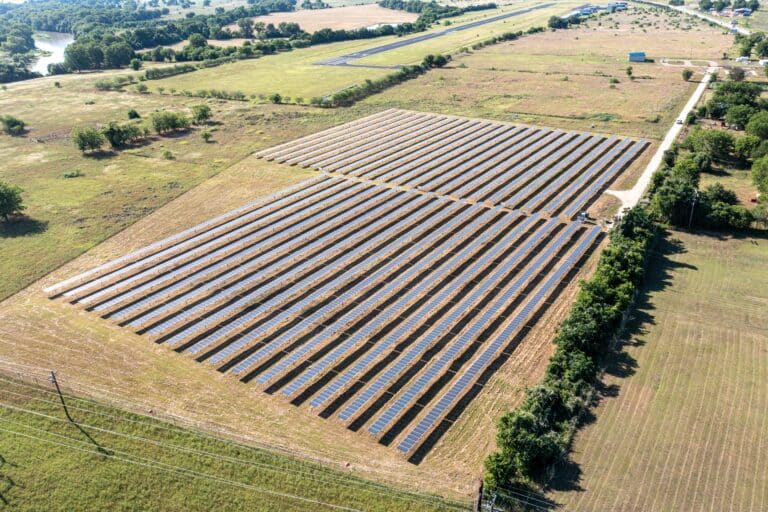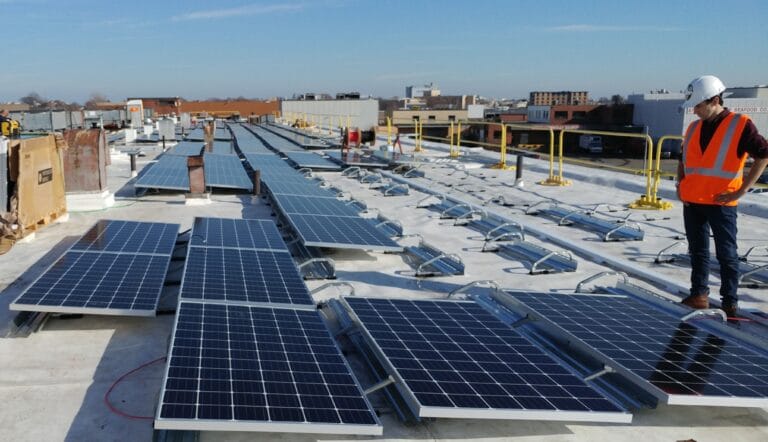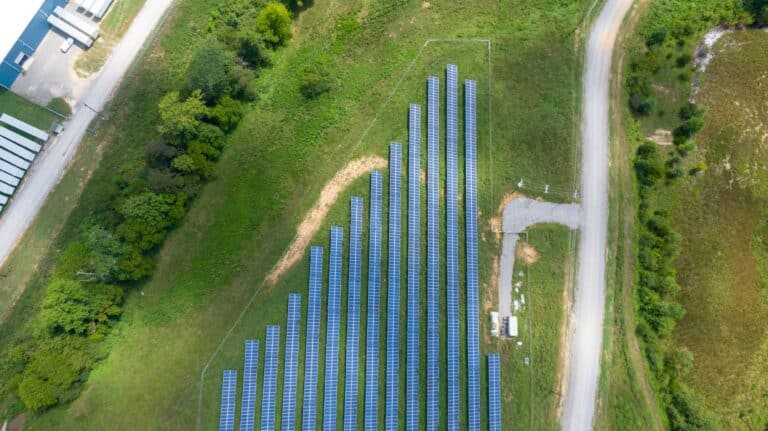Have you heard of brownfields before? If you haven’t, that’s okay! Brownfields have historically been a more niche topic of conversation, but the times they are a-changing; now, brownfields may just be the future of solar. It’s time we all learned just what they are and how they play a role in a greener future.
What are Brownfields?
As defined by the EPA, “[a] brownfield is a property, the expansion, redevelopment, or reuse of which may be complicated by the presence or potential presence of a hazardous substance, pollutant, or contaminant.” Per the EPA’s estimation, there are over 450,000 brownfields in the U.S., which is why the organization created the EPA Brownfields & Land Revitalization Program to encourage cleanup and redevelopment of contaminated property.
And capped landfills? What are those?
Capped landfills are a type of brownfield where a landfill, or garbage dump, is capped once it reaches capacity and cannot continue to be used for that purpose. Capping means putting a cover or barrier between the contaminated material and the surface to isolate and prevent the spread of contamination.
So what do brownfields have to do with solar?
The solar industry discovered years ago that it was possible to build on top of brownfields, thereby creating the concept of brightfields, or brownfields that have been redeveloped into solar projects. Brightfields have become increasingly attractive to project developers because it allows them to diversify away from traditional rooftop and greenfield locations.
It helps that brownfields also tend to occupy prime real estate, meaning they are often located close to high-capacity interconnection points in industrial zones, which is extremely helpful for solar projects. In addition, these former industrial sites are frequently cleared of their above-ground structures, providing large, flat, and unshaded areas that are ideal for PV systems.
The many incentives now in place for brightfields are the final cherry on top: federal, state, and local governments all offer specific incentives to improve brightfield project economics and help hedge against uncertain solar valuation policies.
Altogether, these factors make brightfield development an emerging and important part of solar’s future, for developers and brownfield owners alike. UGE we’re excited to already have our first brightfield project set to begin construction, with others under development as well.
What are the benefits of brownfield redevelopment?
Cleaning up and reinvesting in brownfield properties helps to improve and protect the environment by redirecting the growing demand for renewable energy infrastructure development away from pristine farm and woodland to pre-developed, contaminated lands instead, thereby preserving vital greenfields. What is less known is that brownfield redevelopment also has an incredible impact on local economies by increasing local tax bases and facilitating job growth. And for landowners stuck with land that would otherwise lie fallow, solar projects allow them to earn long-term lease payments and provide cheaper, cleaner electricity, as well as grid stability, to their local community.
Brownfield redevelopment: The future of solar
The EPA has prescreened more than 80,000 brownfields and contaminated lands for renewable energy development, and the National Renewable Energy Laboratory (NREL) estimates that landfills and other contaminated sites cover 15 million acres across America. There is so much opportunity to be found in brownfields, for both landowners and developers alike, and it is exciting to see more people taking advantage of them.
If you or your organization owns or manages brownfield land, we would love to connect to discuss brightfield redevelopment with you. Just fill out the form on this page and we’ll get in touch!




